Ahh, Thanksgiving. For many of us regular gratitude-practicers, this extra grateful time of year can seem like a bit like more of the same. Sometimes our gratitude practices can become a bit routine, not quite as juicy as it was when we first started. And research suggests that when a practice starts to become too rote, its benefits start to wear off.
If you need a gratitude challenge this holiday season, here are three ways to take your appreciation to a totally new level.
1. Contemplate your own death.
There’s nothing like facing death to make us appreciate our lives–and sure enough, research finds that when people visualize their own death in detail, their gratitude increases. You can follow the instructions for this Tibetan death meditation, or simply set aside some time to really reflect on the following questions (which come from Enric Sala via Greg McKeown’s blog). Take each question one at a time, and try journaling an answer to each question before moving on to the next one.
What would I do if I only had a week left to live?
What would I do if I only had a month left to live?
What would I do if I only had a year left to live?
What would I do if I only had five years left to live?
What would I do if I only had a life left to live?
2. Throw a gratitude party.
One day, in the midst of planning her own 25th birthday, my good friends’ daughter Kate realized that her birthday party might not live up to her expectations. She wanted her party to be special, and she wanted to feel celebrated. She wanted the right people to come to the party, and the right food to be served. She wanted good music, and dancing, and for her friends to spontaneously make heartfelt toasts … to her, about her. And then it hit her: If she kept thinking about herself so darn much, she was bound to feel disappointed. (She might even cry at her own party, as the cliched song goes.) So she radically changed course. Here is the gist of the email I got from her:
Hello my parents’ dearest friends! First of all, THANK YOU for befriending my parents! You have given them love, acceptance, and friendship. You’ve inspired them to grow, and shared your beautiful light with them in a way that has changed their lives (and thus, mine) for the better. Thank you for that, from the very center of my heart.
I’m writing you because I’m on a mission! As you probably don’t know, my 25th birthday is coming up, and rather than going the traditional route and having a blowout party for myself, I’m going to throw a SURPRISE party for my parents. It’ll be a kind of “Thank You for My Birth(day)” party. I cannot wait!
My vision is to surround them with gratitude and love. I’m grateful to them for putting up with me for a quarter century, and so I want to show them in a dramatic way. What does that look like?
Here’s what I imagine: their favorite people showing up with huge smiles. Dancing. Laughter. Sharing of stories. Drinking. Some food (but I’m on a tight budget, so I may have to get creative here). A video of those who couldn’t make it. I’m open to your suggestions!
The party was better than anyone ever dreamed — for Kate and her parents, but also for all the guests. Kate gave us all the incredibly powerful gift of extreme gratitude.
3. Don’t just think about what you are grateful for, really feel it.
Another extreme form of gratitude is neuropsychologist Rick Hanson’s “taking in the good” practice. Here’s how to do it:
First, actively think of a positive experience for which you feel grateful. For example, the leaves in my neighborhood look so pretty at this time of year, and I’m grateful to have enjoyed a hike this afternoon among all the fall color.
Next, draw out — really savor — that positive experiences. According to Rick, the key is not just to hold something positive in our awareness for as long as possible, but also to remember the positive emotions that go along with it. The idea, he says, is to “turn positive facts into positive experiences.” For example, instead of just thinking “I’m grateful for the fall color,” I also reflected on how blissful I felt while outside walking. Thinking like this evokes what was rewarding about a positive event and helps use our brain chemistry to strengthen connections associated with the memory.
Finally, let it all sink in. Take this image — “sinking in” — as if it were literal. Rick invites us to later recall the positive experience — for me, the hike and seeing all the fall color — and feel that experience “entering deeply into your mind and body, like the sun’s warmth into a T-shirt, water into a sponge, or a jewel placed in a treasure chest in your heart.”
Don’t just think about what you are grateful for, really feel it. #Gratitude Click To TweetDon’t just think about what you are grateful for, really feel it.” username=”raisinghappines”]
Will you help me brainstorm other ways to practice extreme gratitude during this holiday season? Please take a moment to post your idea in the comments below. This is fun: I’ll send you a thank you gift! If you leave your email address in the comments, I’ll email you a new beautifully designed poster of my happiness manifesto that you can download and print.
References:
Frias, Araceli, Philip C. Watkins, Amy C. Webber, and Jeffrey J. Froh. 2011. “Death and Gratitude: Death Reflection Enhances Gratitude.” The Journal of Positive Psychology 6 (2) (March): 154–162.
Hanson, Rick. 2009. Buddha’s Brain: The Practical Neuroscience of Happiness, Love, and Wisdom. New Harbinger Publications.
Photo courtesy of Nate Grigg via Flickr.

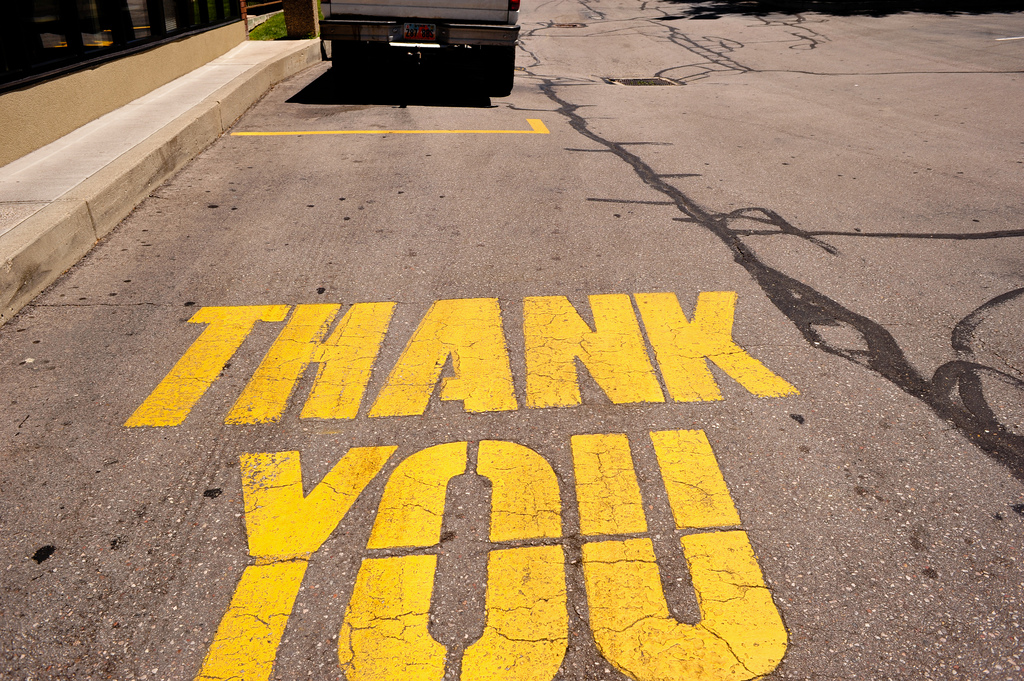


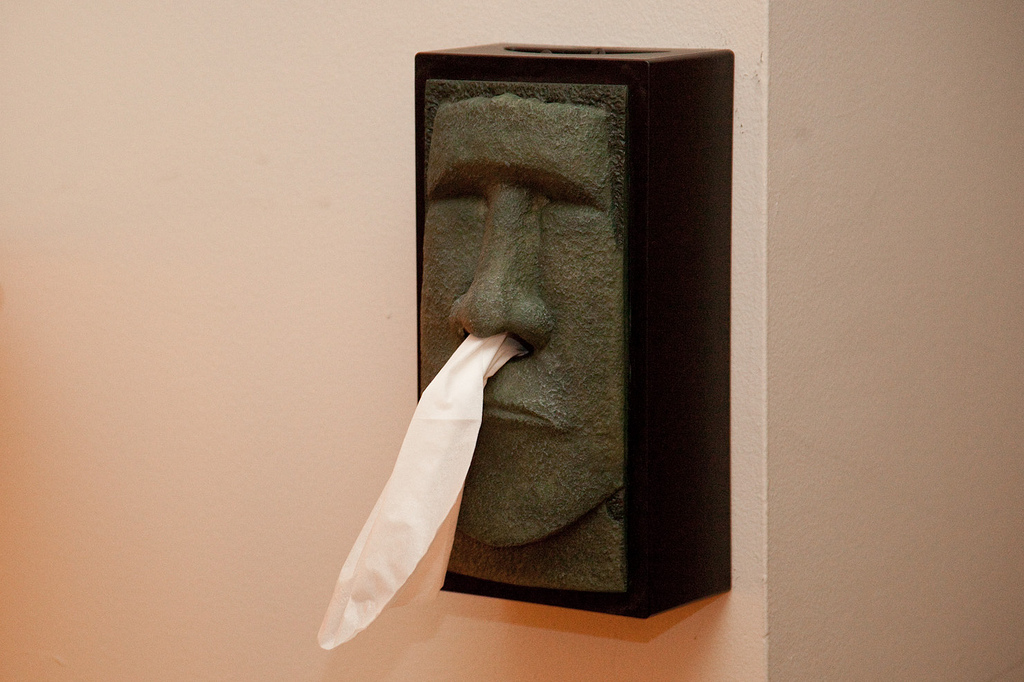
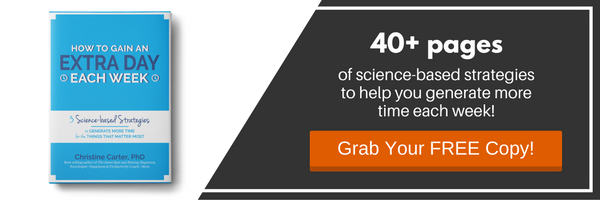
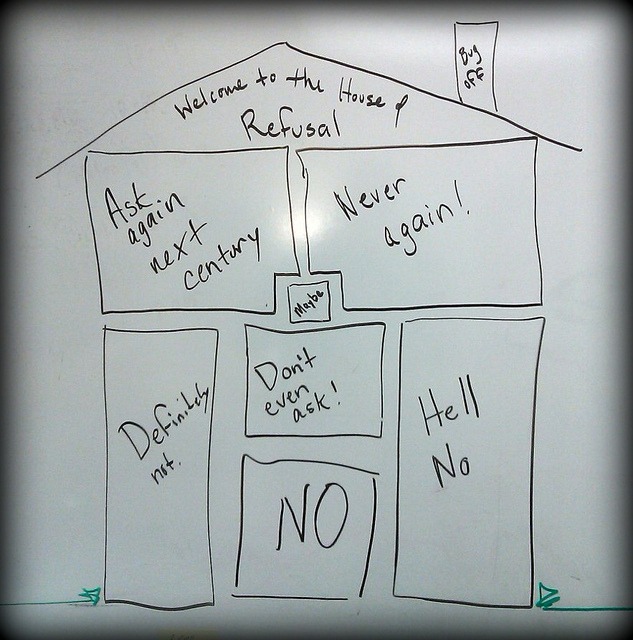

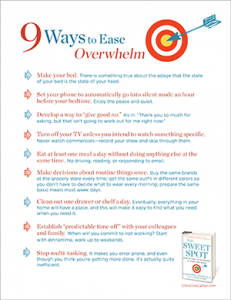
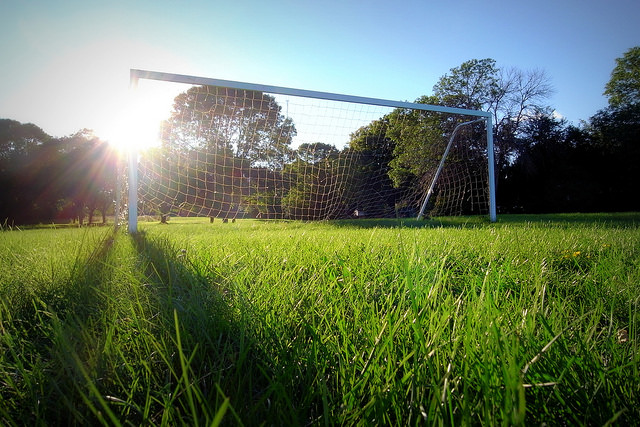
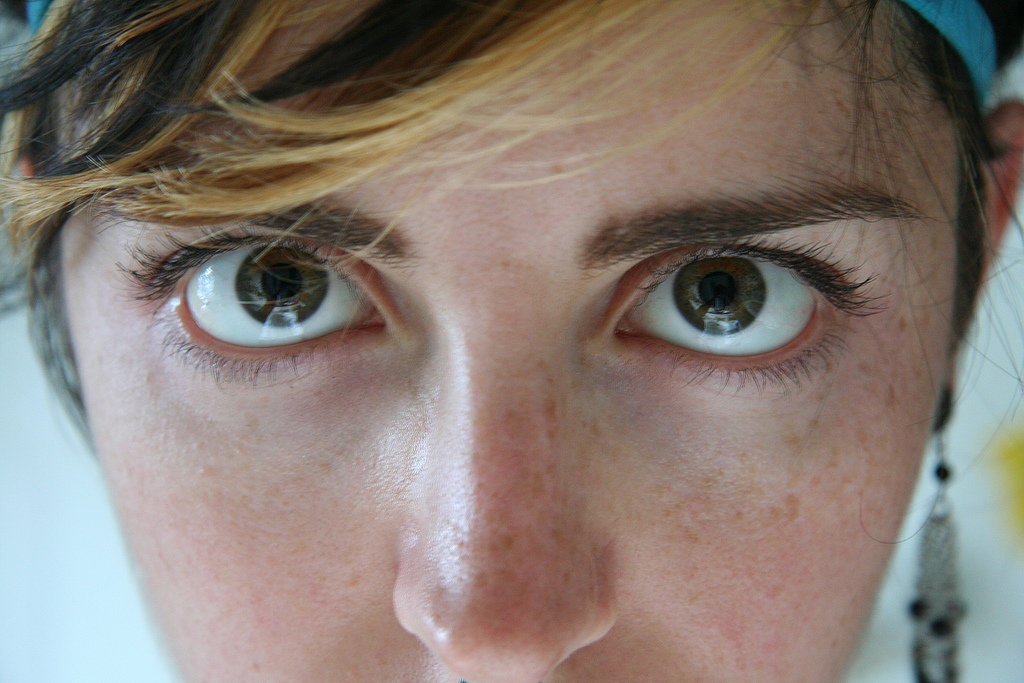
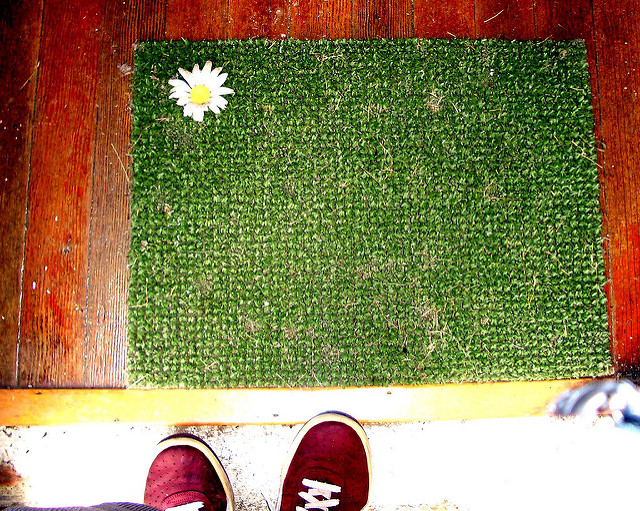
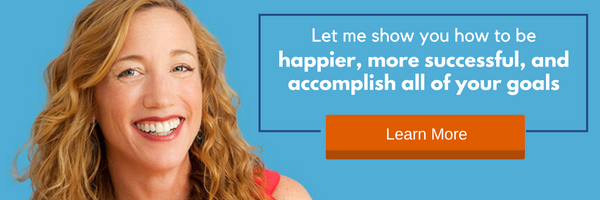
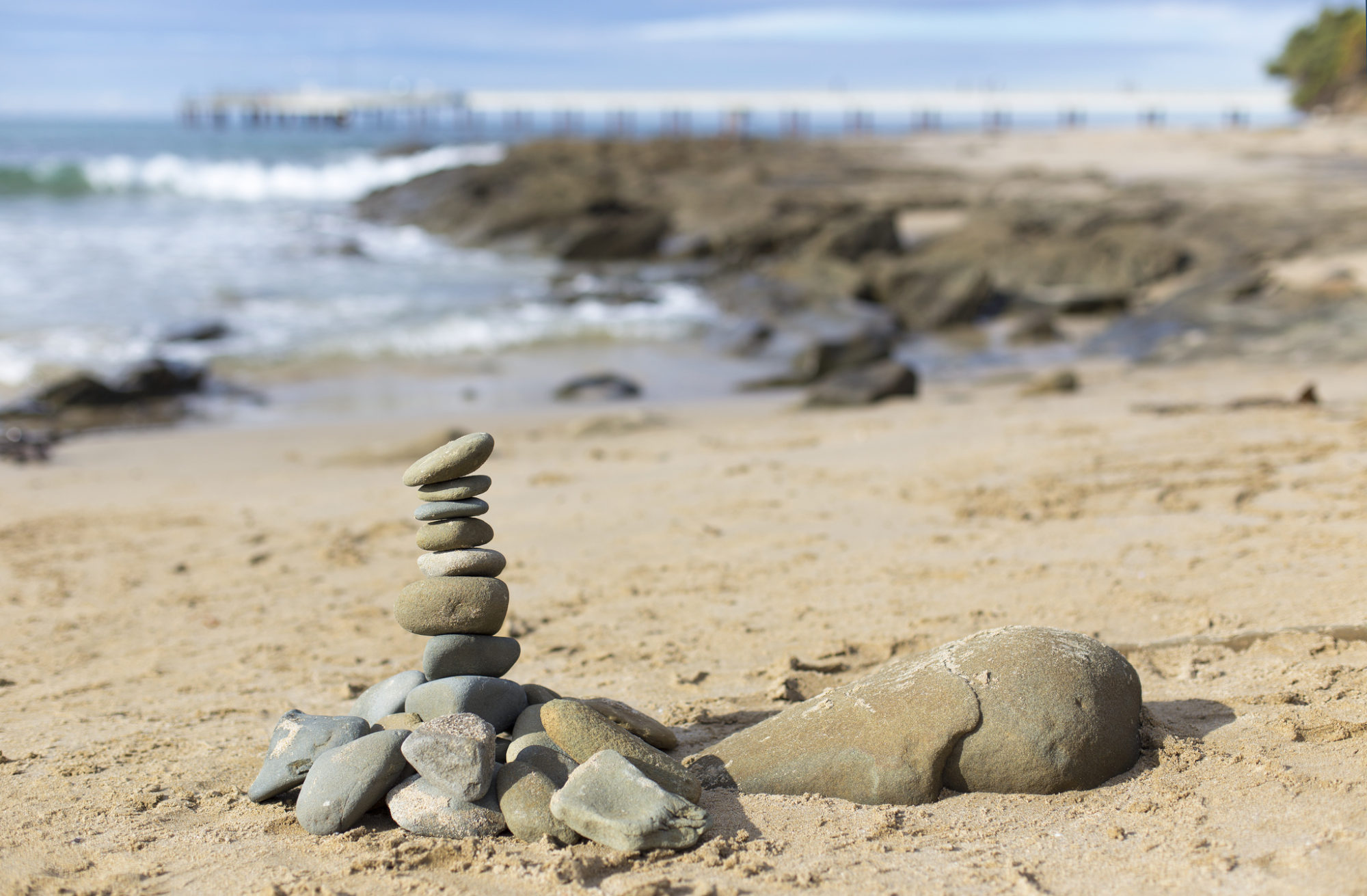
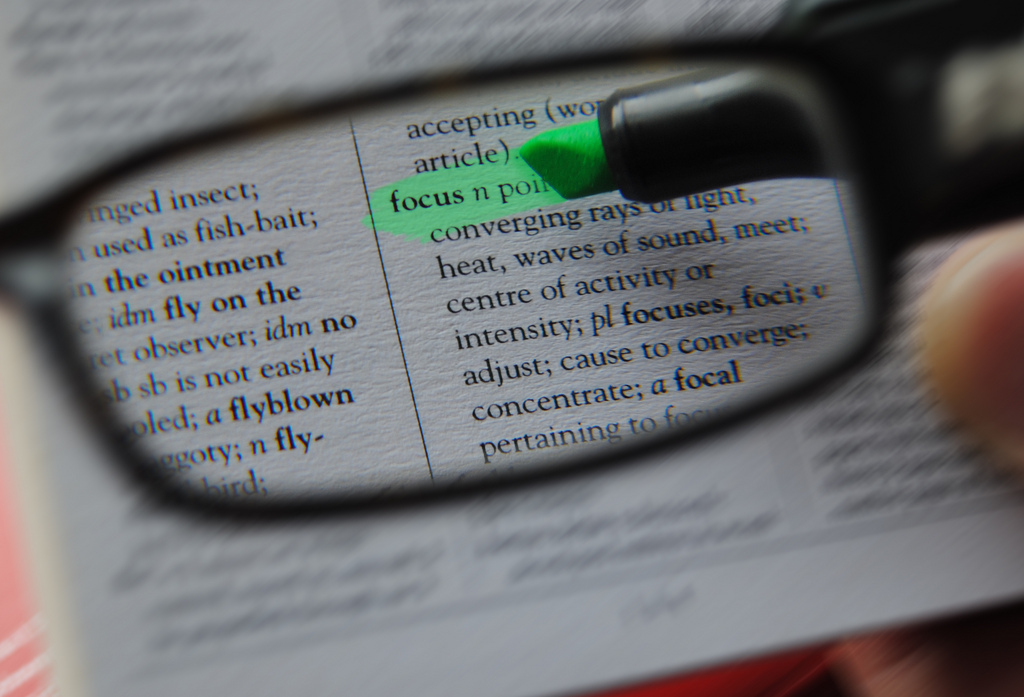
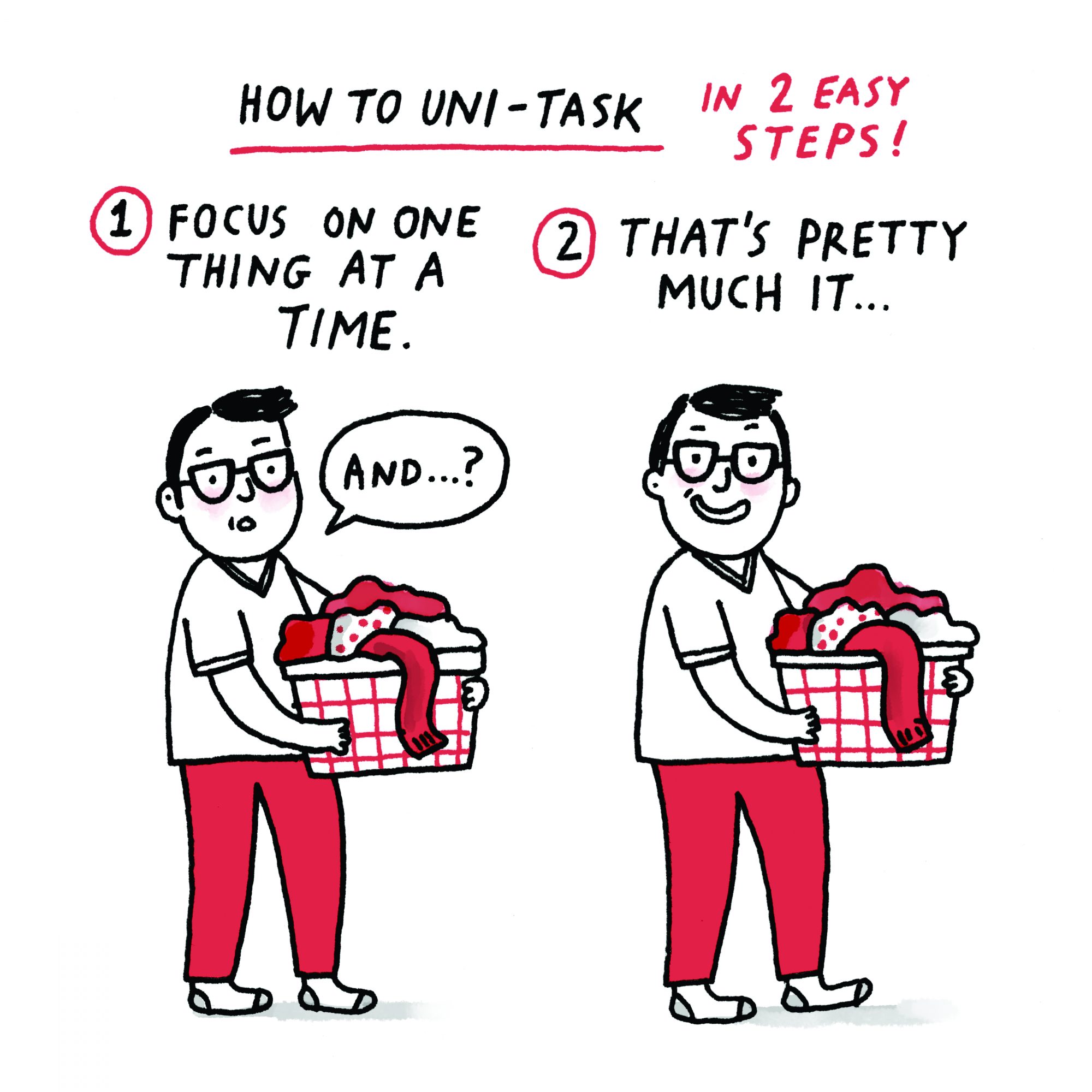 Photo courtesy of
Photo courtesy of